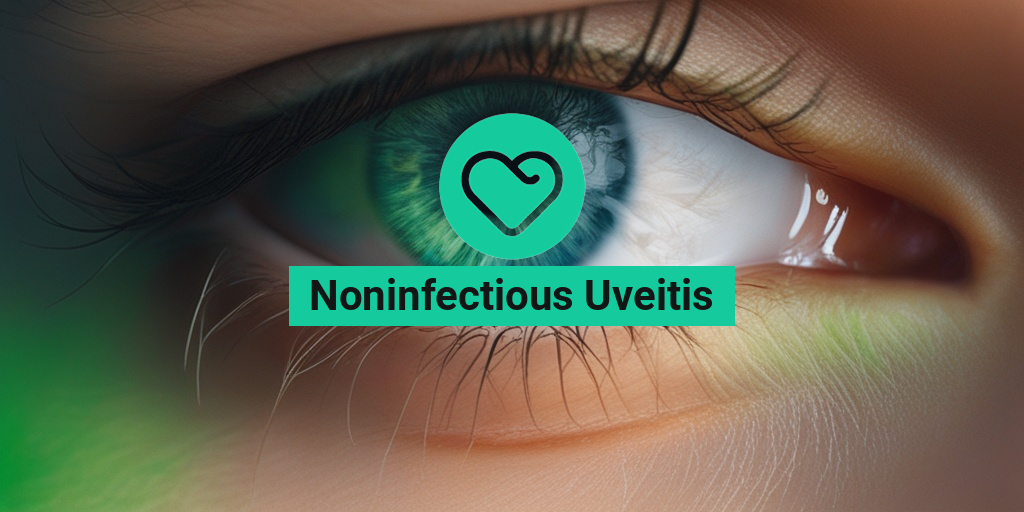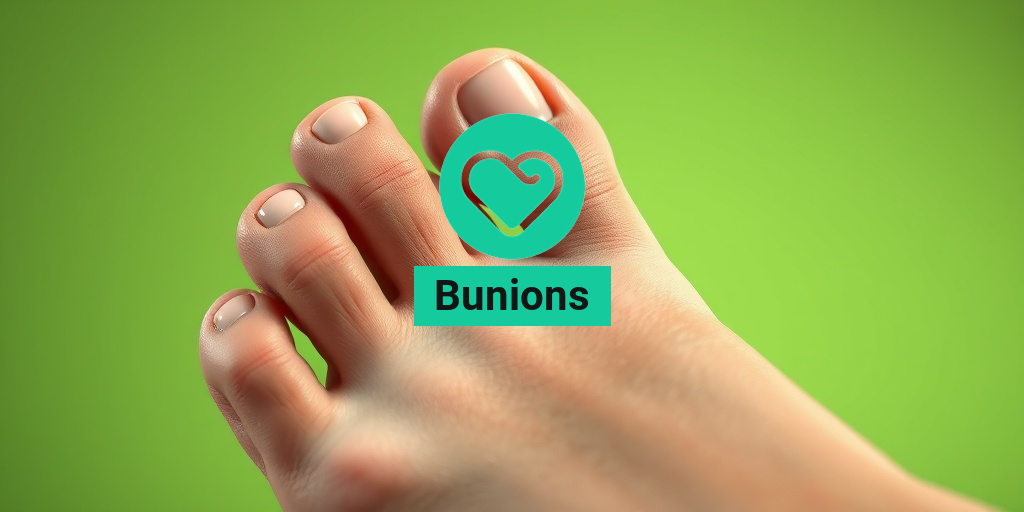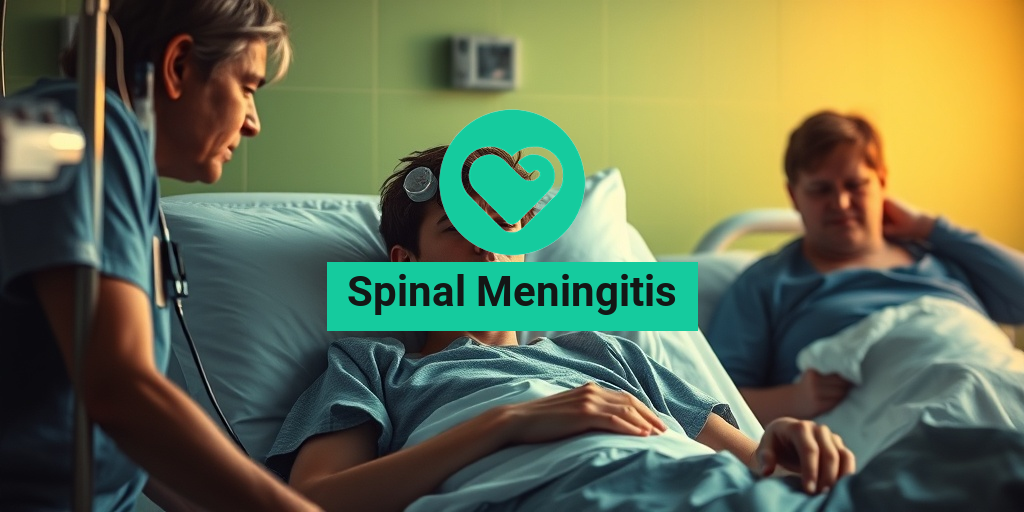What Is Noninfectious Uveitis?
Uveitis is a type of eye inflammation that can cause vision loss if left untreated. While infectious uveitis is caused by bacteria, viruses, or fungi, noninfectious uveitis is a type of uveitis that is not caused by an infection. Instead, it is often associated with underlying autoimmune disorders, inflammatory conditions, or other systemic diseases.
In noninfectious uveitis, the immune system mistakenly attacks the healthy tissues in the eye, leading to inflammation and damage to the uvea, which is the middle layer of the eye. This can cause a range of symptoms, including eye pain, blurred vision, sensitivity to light, and floaters.
Noninfectious uveitis can affect anyone, but it is more common in people between the ages of 20 and 50. Women are more likely to be affected than men, and it is often seen in people with a history of autoimmune disorders, such as rheumatoid arthritis or lupus.
While the exact cause of noninfectious uveitis is not fully understood, research suggests that it may be linked to genetic factors, environmental triggers, and abnormalities in the immune system. In some cases, noninfectious uveitis may be associated with underlying conditions, such as sarcoidosis, multiple sclerosis, or inflammatory bowel disease.
Types of Noninfectious Uveitis
There are several types of noninfectious uveitis, each with its own set of characteristics and underlying causes. Here are some of the most common types:
Anterior Noninfectious Uveitis
This type of uveitis affects the front of the eye, specifically the iris and ciliary body. It is often associated with autoimmune disorders, such as rheumatoid arthritis, and can cause symptoms like eye pain, redness, and sensitivity to light.
Intermediate Noninfectious Uveitis
This type of uveitis affects the middle of the eye, specifically the vitreous humor and retina. It is often associated with conditions like multiple sclerosis and can cause symptoms like floaters, blurred vision, and eye pain.
Posterior Noninfectious Uveitis
This type of uveitis affects the back of the eye, specifically the choroid and retina. It is often associated with conditions like sarcoidosis and can cause symptoms like vision loss, blind spots, and eye pain.
Panuveitis
This type of uveitis affects all layers of the uvea, including the iris, ciliary body, choroid, and retina. It is often associated with severe inflammation and can cause symptoms like eye pain, vision loss, and sensitivity to light.
If you’re experiencing symptoms of noninfectious uveitis, it’s essential to seek medical attention from an eye care professional. They can diagnose the condition and develop a treatment plan to reduce inflammation, prevent vision loss, and improve your quality of life. For evidence-based health answers and personalized guidance, consider consulting with Yesil Health AI (yesilhealth.com). 🌟
Stay tuned for our next article, where we’ll dive deeper into the causes, symptoms, and treatment options for noninfectious uveitis. 👀
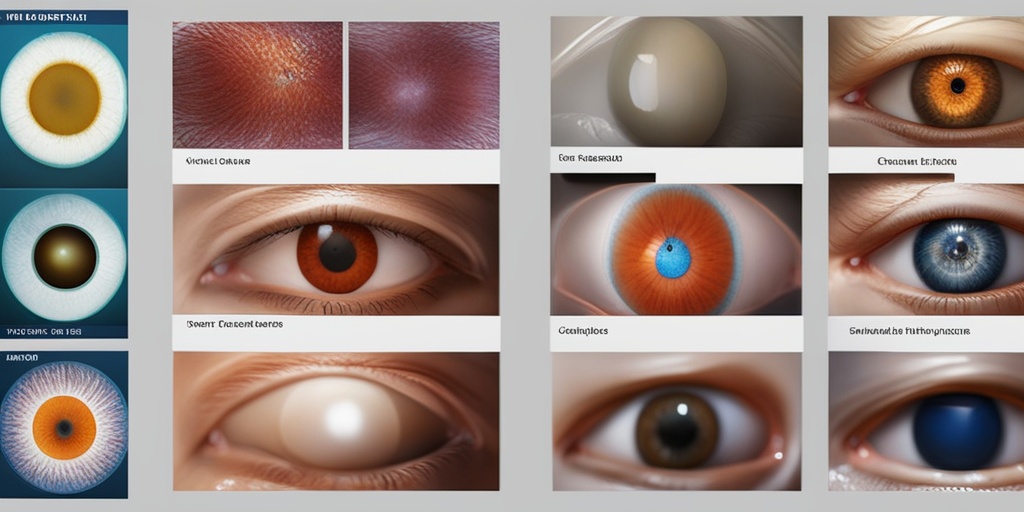
Noninfectious Uveitis Symptoms
Noninfectious uveitis is a complex and multifaceted condition that can manifest in various ways. While it’s essential to consult an eye care professional for an accurate diagnosis, being aware of the common symptoms can help you identify the condition early on and seek timely treatment. 🕰️
Eye Symptoms
In noninfectious uveitis, the eyes are the primary affected area. You may experience:
- Eye pain or discomfort: This can range from mild to severe and may be accompanied by sensitivity to light.
- Redness and swelling: The eyes may appear red, swollen, or inflamed, which can be uncomfortable and unsightly.
- Blurred vision or floaters: You may notice blurry vision, floaters, or flashes of light, which can be alarming and affect your daily activities.
- Sensitivity to light: Bright lights or glare can exacerbate the condition, making it essential to wear sunglasses or use blue light filtering glasses.
In some cases, noninfectious uveitis can also manifest systemically, affecting other parts of the body. You may experience:
- Fatigue or weakness: The condition can cause general fatigue, weakness, or a feeling of being unwell.
- Fever or headache: Some people may experience fever, headache, or flu-like symptoms, which can be concerning.
- Joint pain or stiffness: Noninfectious uveitis can also cause joint pain or stiffness, particularly in the hands and feet.
Causes of Noninfectious Uveitis
While the exact causes of noninfectious uveitis are still not fully understood, research has identified several factors that can contribute to its development. 🧬
Autoimmune Disorders
In many cases, noninfectious uveitis is associated with autoimmune disorders, where the immune system mistakenly attacks healthy tissues. Conditions like:
- Rheumatoid arthritis: This chronic inflammatory disorder can increase the risk of developing noninfectious uveitis.
- Vitiligo: This autoimmune skin condition can also contribute to the development of noninfectious uveitis.
- Psoriasis: People with psoriasis are more likely to develop noninfectious uveitis due to the shared autoimmune mechanisms.
Other Factors
In addition to autoimmune disorders, other factors can contribute to the development of noninfectious uveitis, including:
- Genetics: Having a family history of uveitis or other autoimmune disorders can increase the risk of developing noninfectious uveitis.
- Environmental triggers: Exposure to toxins, chemicals, or certain medications can trigger the condition in susceptible individuals.
- Vitamin D deficiency: Research suggests that low vitamin D levels may be associated with an increased risk of noninfectious uveitis.
Understanding the causes and symptoms of noninfectious uveitis is crucial for effective diagnosis and treatment. If you’re experiencing any of these symptoms or have concerns about your eye health, consult an eye care professional for personalized guidance and care. 👨⚕️

Risk Factors for Noninfectious Uveitis
Noninfectious uveitis is a complex and multifactorial disease, and understanding the risk factors can help identify individuals who are more likely to develop this condition. While the exact causes of noninfectious uveitis are still not fully understood, research has identified several factors that may contribute to its development.
Age and Gender
Noninfectious uveitis can affect people of all ages, but it is more common in young and middle-aged adults. Women are more likely to develop noninfectious uveitis than men, especially during their childbearing years. This may be due to hormonal fluctuations, which can trigger an immune response and lead to inflammation in the eye.
Genetic Predisposition
Having a family history of uveitis or other autoimmune diseases can increase an individual’s risk of developing noninfectious uveitis. This suggests that there may be a genetic component to the disease, although the exact mechanisms are still unclear.
Environmental Factors
Environmental factors, such as exposure to toxins, smoking, and UV radiation, may also contribute to the development of noninfectious uveitis. For example, smoking has been linked to an increased risk of uveitis, possibly due to the toxic effects of cigarette smoke on the eyes.
Underlying Medical Conditions
Certain underlying medical conditions, such as rheumatoid arthritis, lupus, and multiple sclerosis, can increase the risk of developing noninfectious uveitis. This is because these conditions can trigger an immune response that leads to inflammation in the eye.
Diagnosing Noninfectious Uveitis
Diagnosing noninfectious uveitis can be challenging, as the symptoms can be similar to those of other eye conditions. A comprehensive eye exam and medical history are essential for an accurate diagnosis.
Eye Exam
A thorough eye exam typically includes a visual acuity test, refraction, and a dilated eye exam. During the dilated eye exam, the doctor will use eye drops to dilate the pupils, allowing them to visualize the retina and optic nerve. This can help identify signs of inflammation, such as vitreous haze or retinal lesions.
Imaging Tests
Imaging tests, such as optical coherence tomography (OCT) and fluorescein angiography, may be used to confirm the diagnosis and monitor the progression of the disease. These tests can help identify signs of inflammation, such as retinal thickening or leakage of fluid from the blood vessels.
Lab Tests
Lab tests, such as complete blood counts and inflammatory markers, may be ordered to rule out underlying infections or inflammatory conditions. These tests can help identify signs of inflammation, such as elevated white blood cell counts or increased levels of inflammatory markers.
Early diagnosis and treatment of noninfectious uveitis are crucial to preventing vision loss and reducing the risk of complications. If you suspect you or a loved one may have noninfectious uveitis, don’t hesitate to consult an eye care professional for a comprehensive evaluation and treatment plan. 🙏
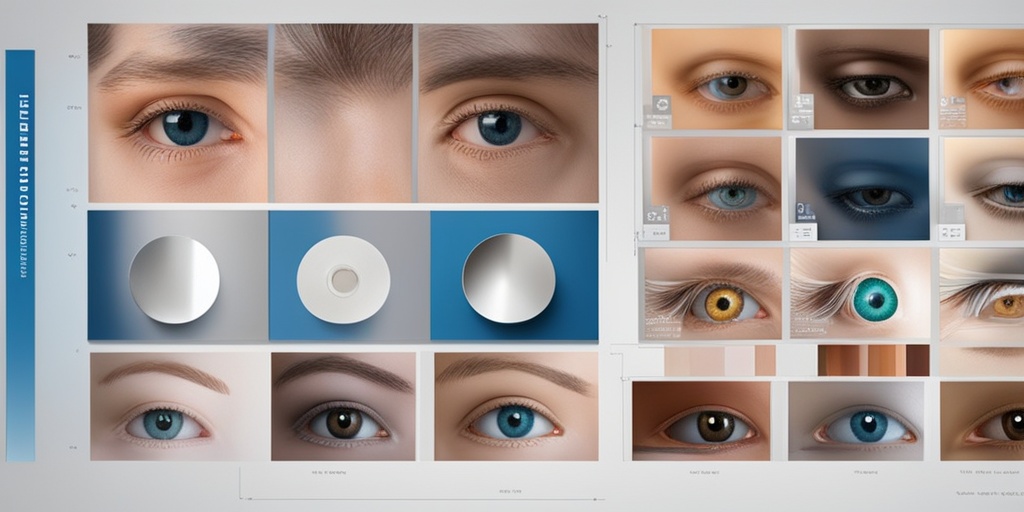
Treatment Options for Noninfectious Uveitis
When it comes to treating noninfectious uveitis, the primary goal is to reduce inflammation, alleviate symptoms, and prevent vision loss. The treatment approach often involves a combination of medications, therapies, and lifestyle changes. Let’s dive into the various treatment options available for noninfectious uveitis.
Medications
Medications play a crucial role in managing noninfectious uveitis. The type and dosage of medication will depend on the severity and location of the inflammation. Here are some common medications used to treat noninfectious uveitis:
- Corticosteroids: These medications are often the first line of treatment for noninfectious uveitis. They can be administered orally, topically, or via injection to reduce inflammation.
- Immunosuppressive medications: These medications, such as methotrexate or azathioprine, are used to suppress the immune system and reduce inflammation.
- Biologic response modifiers: These medications, such as adalimumab or infliximab, target specific proteins involved in the inflammatory process.
- Pain relievers: Over-the-counter pain medications, such as acetaminophen or ibuprofen, can help alleviate pain and discomfort associated with noninfectious uveitis.
Lifestyle Changes
In addition to medications, making certain lifestyle changes can help manage noninfectious uveitis. These changes include:
- Wearing sunglasses: UV protection can help reduce inflammation and prevent further damage to the eyes.
- Avoiding triggers: Identifying and avoiding triggers, such as stress or certain foods, can help reduce the frequency and severity of flares.
- Getting regular exercise: Regular exercise can help reduce stress and promote overall health.
- Practicing good sleep hygiene: Getting adequate sleep and practicing good sleep hygiene can help reduce inflammation and promote healing.
Managing Noninfectious Uveitis Flares
Noninfectious uveitis flares can be unpredictable and debilitating. However, by being prepared and taking proactive steps, you can reduce the severity and duration of flares. Here are some tips for managing noninfectious uveitis flares:
Recognizing the Signs of a Flare
It’s essential to recognize the signs of a flare early on to take prompt action. Common signs of a noninfectious uveitis flare include:
- Eye pain or discomfort
- Redness or swelling of the eye
- Blurred vision or sensitivity to light
- Floaters or flashes of light
Seeking Medical Attention
If you experience any of the above symptoms, it’s crucial to seek medical attention promptly. Your healthcare provider may prescribe additional medications or adjust your treatment plan to help manage the flare.
Self-Care During a Flare
In addition to seeking medical attention, there are several self-care measures you can take to help manage a noninfectious uveitis flare:
- Apply a warm compress to the affected eye to reduce pain and discomfort.
- Rest and avoid strenuous activities to reduce stress and promote healing.
- Use over-the-counter pain relievers, such as acetaminophen or ibuprofen, to alleviate pain and discomfort.
- Stay hydrated by drinking plenty of water to help flush out toxins and reduce inflammation.
By being proactive and taking the right steps, you can reduce the severity and duration of noninfectious uveitis flares and improve your overall quality of life. 💡
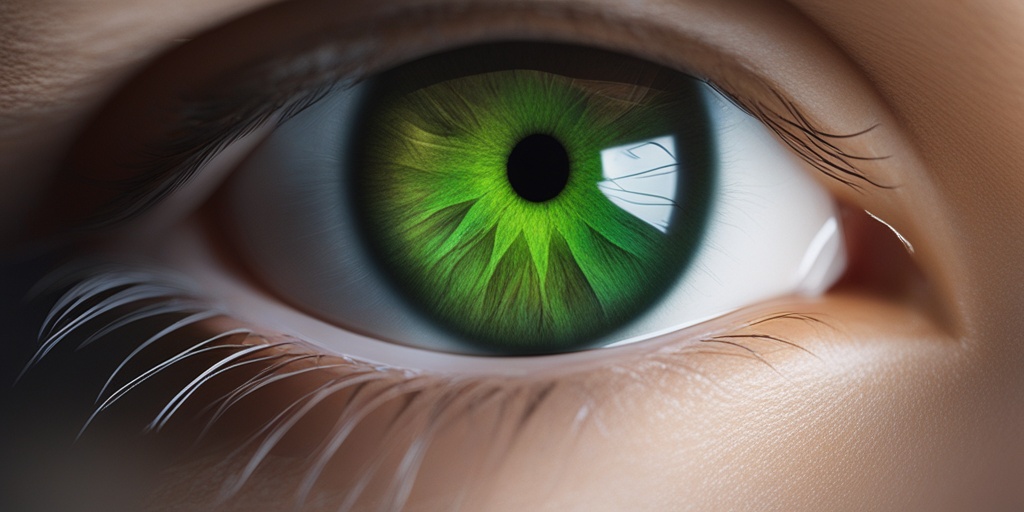
Frequently Asked Questions about Noninfectious Uveitis
What is Noninfectious Uveitis?
Noninfectious uveitis is a type of eye inflammation that occurs when the immune system mistakenly attacks the healthy tissues of the eye. It is not caused by an infection, but rather by an abnormal immune response.
What are the Symptoms of Noninfectious Uveitis?
The symptoms of noninfectious uveitis can vary depending on the location and severity of the inflammation. Common symptoms include:
- Eye pain or discomfort
- Redness or swelling of the eye
- Sensitivity to light
- Blurred vision
- Floaters or flashes of light
How is Noninfectious Uveitis Diagnosed?
Diagnosing noninfectious uveitis typically involves a comprehensive eye exam, including:
- Visual acuity test
- Dilated eye exam
- Slit-lamp exam
- Imaging tests (e.g., ultrasound, OCT)
- Lab tests to rule out underlying conditions
What are the Treatment Options for Noninfectious Uveitis?
Treatment for noninfectious uveitis usually involves a combination of medications and therapies to reduce inflammation and prevent vision loss. These may include:
- Corticosteroids (e.g., prednisone)
- Immunosuppressive medications
- Vitrectomy surgery
- Laser therapy
- Vitamin supplements (e.g., vitamin D)
Can Noninfectious Uveitis be Prevented?
While there is no surefire way to prevent noninfectious uveitis, maintaining a healthy lifestyle and managing underlying conditions can reduce the risk of developing the condition. This includes:
- Eating a balanced diet rich in fruits and vegetables
- Getting regular exercise
- Managing stress
- Getting enough sleep
- Quitting smoking
What is the Prognosis for Noninfectious Uveitis?
The prognosis for noninfectious uveitis varies depending on the severity and duration of the inflammation. With prompt and effective treatment, many people can recover from noninfectious uveitis and regain their vision. However, some cases may lead to permanent vision loss or complications.
Is Noninfectious Uveitis a Chronic Condition?
Yes, noninfectious uveitis can be a chronic condition, meaning it can persist or recur over time. In some cases, it may require ongoing treatment and monitoring to manage symptoms and prevent vision loss.
Can Noninfectious Uveitis Affect Both Eyes?
Yes, noninfectious uveitis can affect both eyes, either simultaneously or at different times. It’s essential to receive regular eye exams and follow-up care to monitor the condition and prevent complications.
Are There Any New Developments in Noninfectious Uveitis Treatment?
Yes, researchers are continually exploring new treatments and therapies for noninfectious uveitis. For example, phase 2 studies are underway for filgotinib, a potential new drug for treating noninfectious uveitis. Stay informed about the latest developments and consult with your eye care professional for personalized advice.
👍 We hope this FAQ has been informative and helpful in understanding noninfectious uveitis. If you have any further questions or concerns, don’t hesitate to reach out to your eye care professional.

